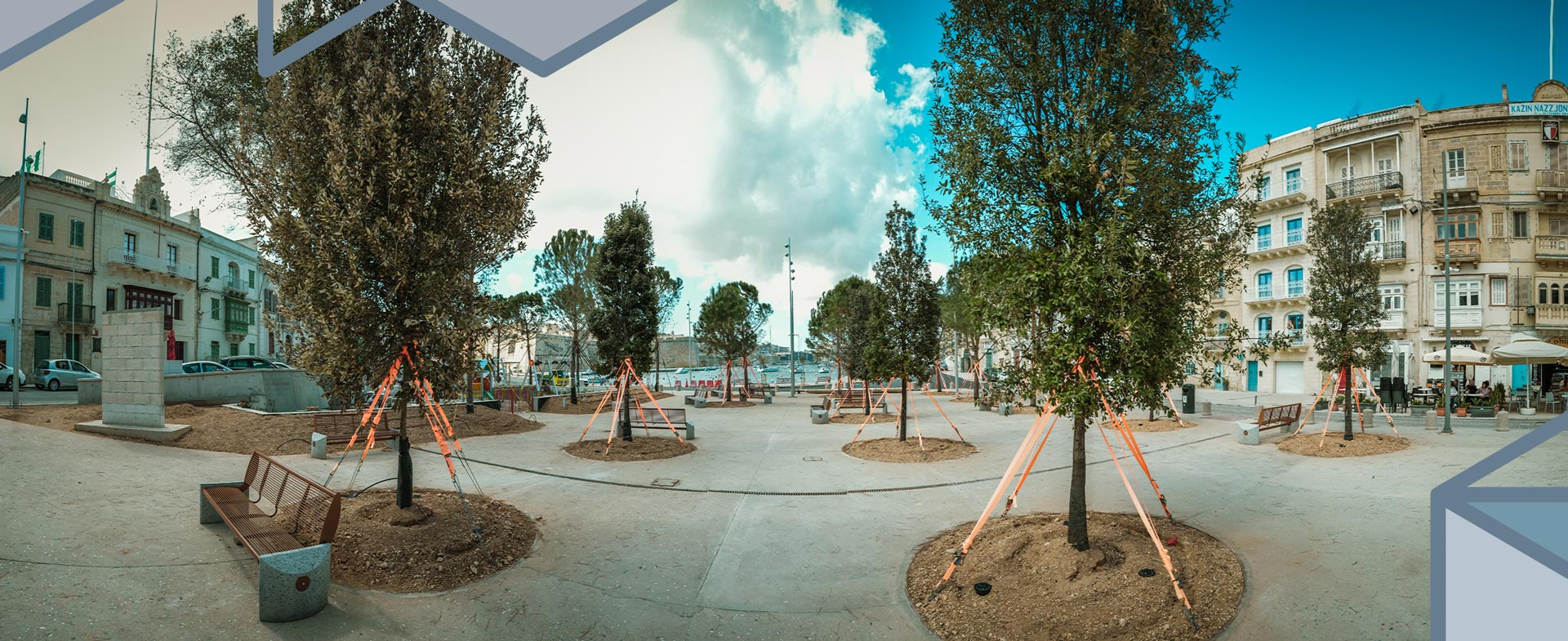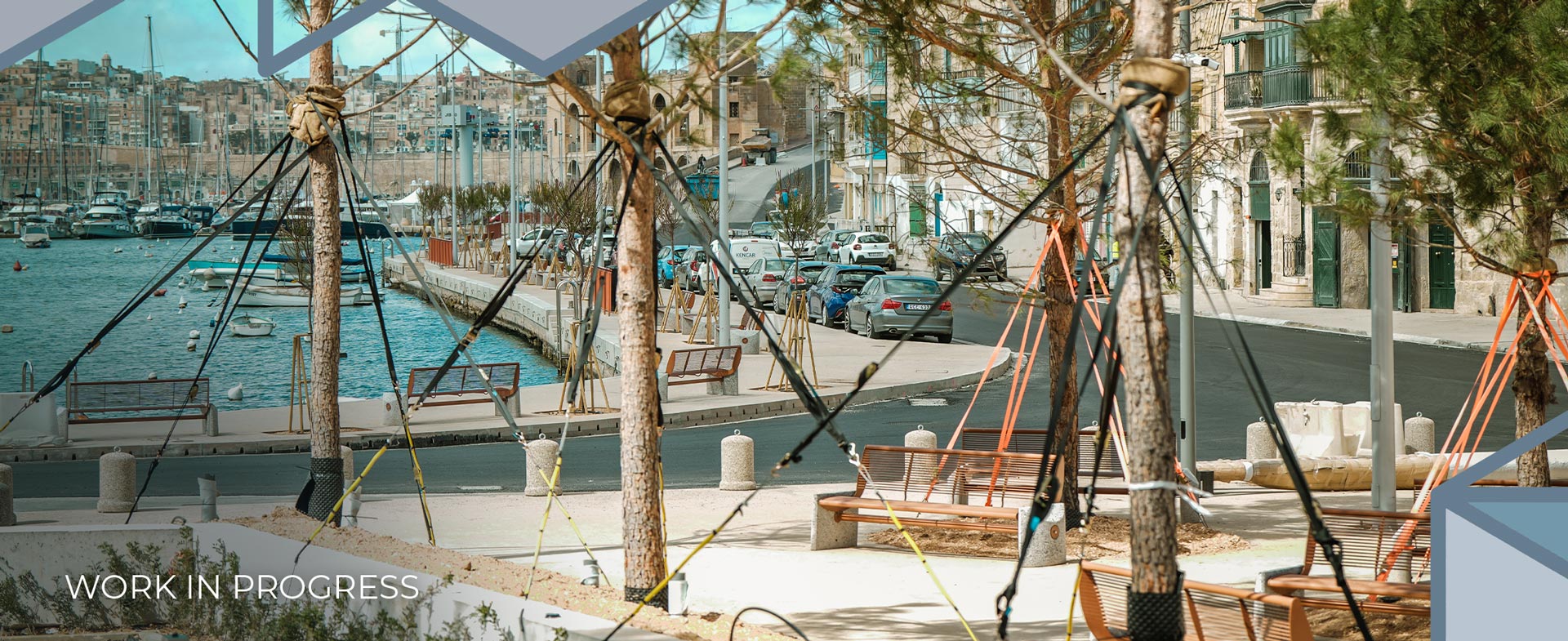Project Description
Kalkara was originally a fishing village in the inner harbour area and occupies the area around Kalkara Creek, which had flourished after WWII and has now expanded into a very pleasant small town. The name is attributed to originate from Claice, which is Latin for lime, as it is believed that there was a lime kiln present there since Roman times. It is reputed that the area was one of the first inhabited within the harbour and later became a strong Christian community within the area known as ix-Xagħra ta’ Santa Duminka.
In the 19th century, the British built the famous Bighi Naval Hospital on the grounds of Villa Bichi, converted Villa Portelli as the Admirals’ residence and built other naval facilities around the creek. Due to the presence of the Royal Navy and close to military installations, Kalkara suffered during WWII, inasmuch that the parish church that was built in 1898 was destroyed by enemy bombs during an air raid on 10 April 1942. A new church dedicated to St. Joseph was built in the space facing the bay and was completed in September 1952 and the seafront was converted into a panoramic square.
After the departure of the British forces from Malta, the road that was earlier built along the Kalkara seafront up to Bruno Stores was extended to rise upwards towards Bighi and beyond.
During the 1970s, the road was embellished but after years of storm damages, lack of maintenance and severe damage during the great storm in February 2019, the quays and the road began to become inaccessible, with serious safety risks to road vehicles, mariners and pedestrians.
The ongoing project is to embellish the Kalkara promenade as part of a 4.5-kilometre pedestrian route from Bighi, around Cottonera and ending at Senglea.
The overall Kalkara square & seafront regeneration project, which will come at a cost of €6.5M is being implemented by the Grand Harbour Regeneration Corporation (GHRC).





The works include the construction of new footpaths, the embellishment of the 3,000m2 in front of the parish church, including new paving and the reinforcement of the existing promenade, while retaining the historical heritage and the importance of these places.
The entire underlying infrastructure is being upgraded, including a new foul water system and an underground pumping system, while utility cables will be removed from the facades and routed in a services culvert. This project is expected to include several works including 650m2 of new paving, new benches and other facilities, with improved sea access. New trees will be planted and an irrigation system that will ensure efficient watering of landscaped areas will also be implemented. The square in front of the church will be transformed into a pedestrian zone and among other facilities where people can meet and socialise, as well as a new safer and safer environment for children. Some 600 meters of the area will be pedestrianised and monitored by CCTV cameras.














